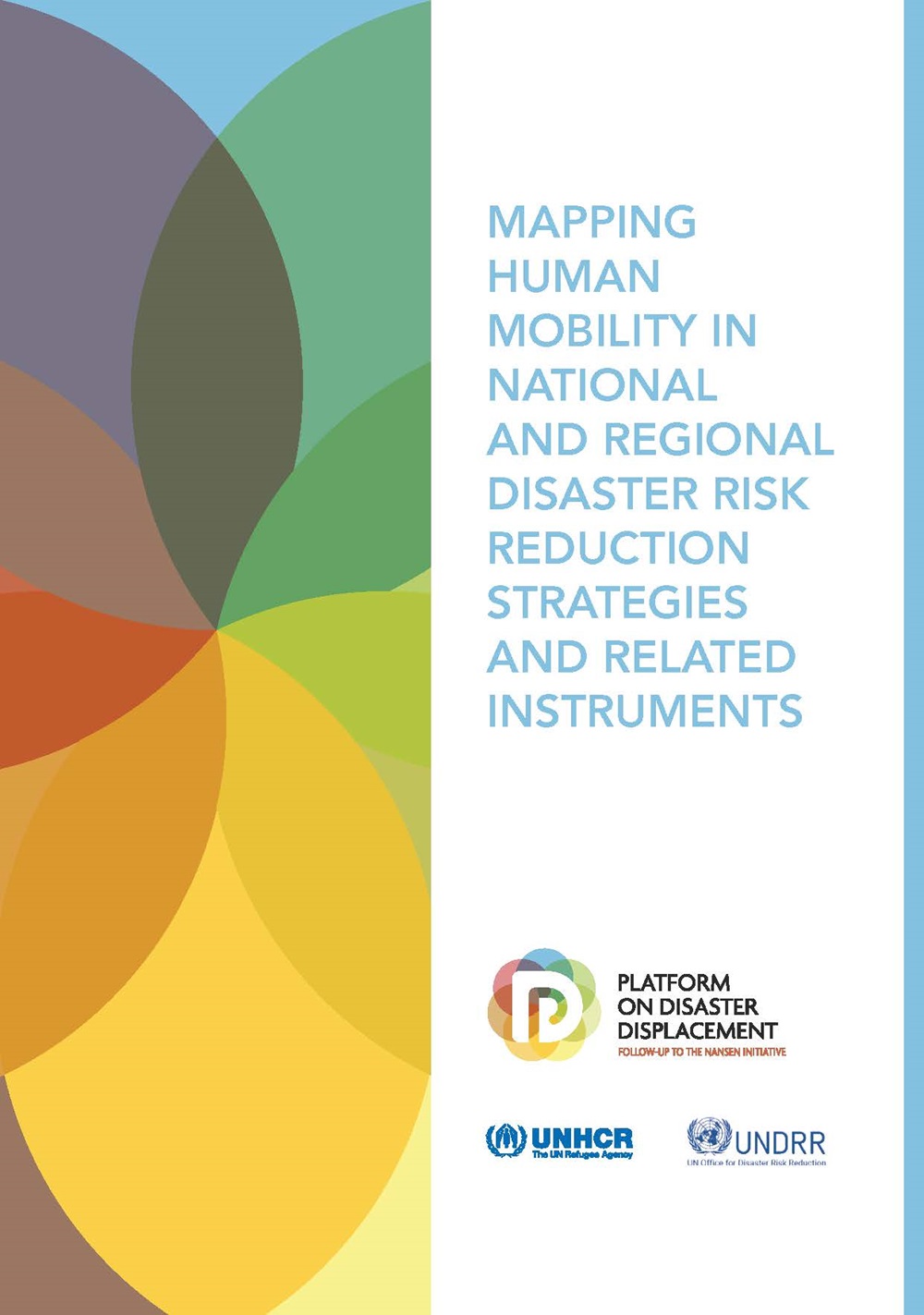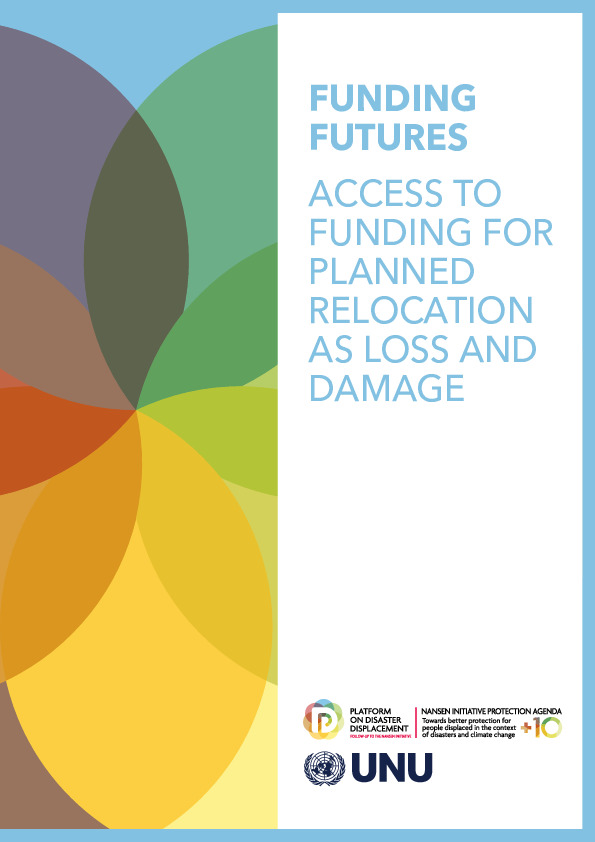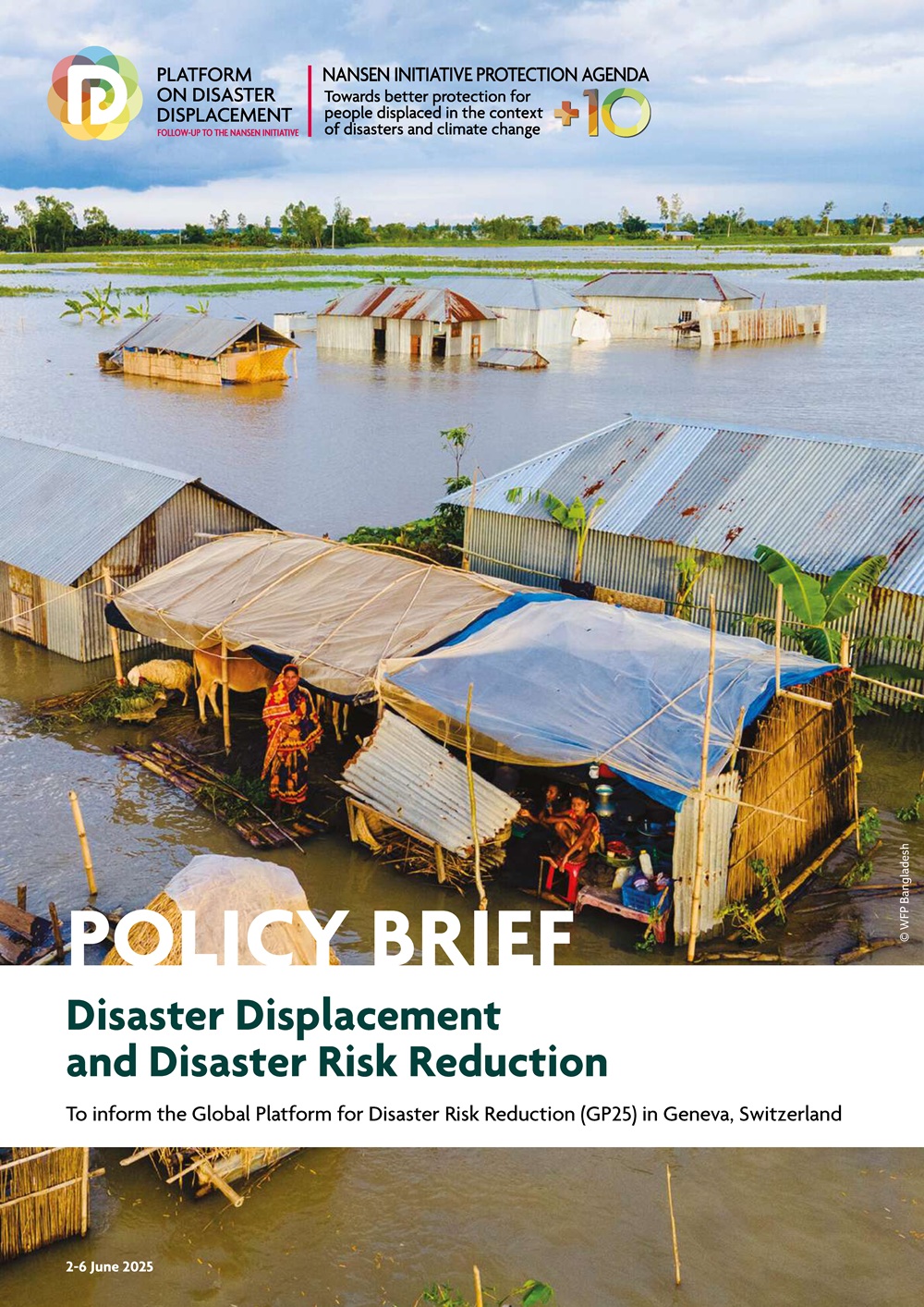This report builds directly on the previous 2018 study commissioned by the Platform on Disaster Displacement in cooperation with UNDRR in 2018, compares its findings and highlights the key similarities and conclusions emerging from the 2023 Mapping dataset. It examines the integration of disaster displacement and human mobility into national and regional DRR strategies, providing a comprehensive overview of current practices and trends.
The findings from the report highlight key insights regarding the current state of human mobility integration in DRR strategies:
- The total number of national DRR strategies and related instruments which include human mobility terminology has increased significantly since 2018.
- 78 per cent of the 112 national DRR strategies and related instruments examined included some reference to human mobility, showcasing the relatively high recognition that human mobility can be important in preventing or mitigating disaster risk.
- Most national DRR strategies and related instruments reference human mobility terms with little detail, often without consistent definitions or further elaboration of measures.
- “Displacement” and “evacuation” were the most commonly used terms, while “migration” and the inclusion of migrants in national DRR strategies remain limited.
- There is growing recognition of the intersection between climate change, urbanisation and displacement, which can increase risk for people already displaced.
- While there is evidence of increasing acknowledgement of the needs of displaced persons, migrants and host communities, risk assessments and data collection on human mobility are not strongly reflected to date within national DRR strategies.
The report emphasizes the importance of addressing human mobility issues in reducing disaster risks. This can be achieved through continued advocacy, particularly in fragile and conflict settings, while ensuring that measures like evacuation and planned relocation respect human rights. Additionally, expanded research and technical support are needed to strengthen disaster risk governance and ensure coherence across various international agendas, facilitating effective implementation of DRR strategies through resource allocation and clear definitions of roles and responsibilities.










